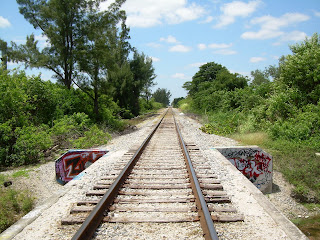
Chickens don't need a lot of space. Bantams even less, figure on 2 square feet per hen. They also aren't too choosy where they live. Lots has been published on this, so I'll just give the basics.
It is best to have a building you will be happy with. The best option is one you can move around the yard with. It should look nice, or your neighbors may narc on you. There are structures you can purchase online, but you better be ready to dole out some cash, most start at five hundred bucks.
Permanent structures have their benefits. They can be hidden from view. Well built ones are storm resistant too. I live in the subtropics, so air circulation is a must. It is mostly hardware cloth combined with tilt windows that cover the mesh at the topside of the coop. I guess a picture is worth a thousands words so see above. It is important that you can get in and out of it, 'cause you'll need to grab eggs daily (or chickens when you are hungry). Of course you could build a fancy draw door and grab them from the outside. You will also need to clean it on occasion, but the tropical weather in my hood makes decomposition quick and easy, and cleaning is kept to a minimum. I have no odor from my coop. Chickens roost near the rafters, and I have a shelf to collect their droppings, which I use as fertilizer for my plants. Opposite their perch is another shelf where I keep the nest boxes (that's where they lay the eggs). I have a big door in the front making it easy to access. I also put in a chicken run door, and built a simple run for them to play in during the day. Some days, I let them roam the yard. My yard is fenced with chain link, but the chickens don't go very far. They visit less than a quarter of my 10,000 sq feet. At night, they magically go inside. Be sure to lock them up at night, or you might find a possum got in and ate your beauties. So why chickens? (part 2 of 3)






